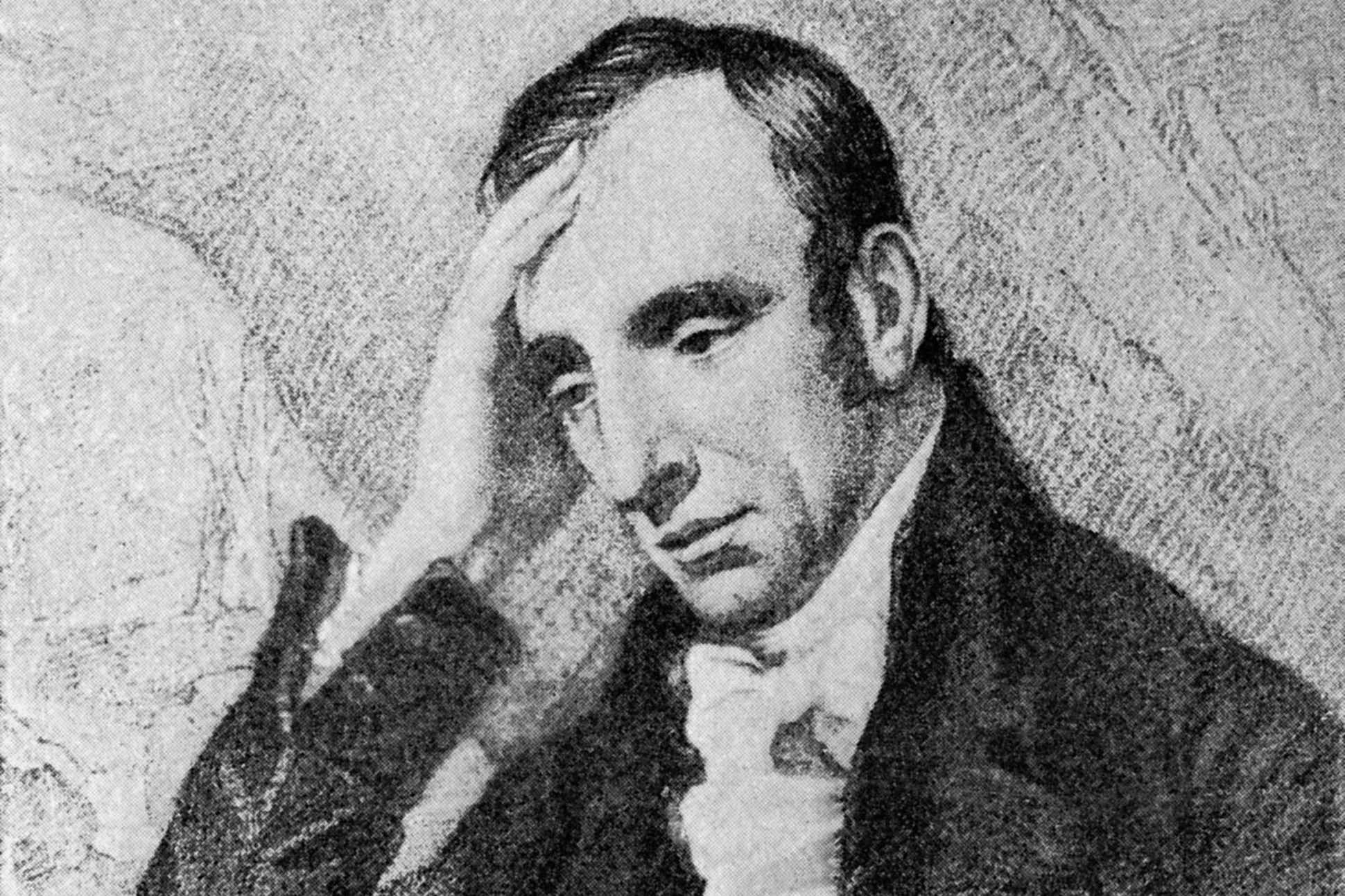Introduction: Lyrical Ballads was first published in 1798. Co-authors
William Wordsworth and Samuel Taylor Coleridge broke a
lot of new ground and created a quite revolutionary text. Before what is termed
the Romantic Period, poetry was defined by and praised for its stringent
format, obvious and convoluted syntax (sentence structure and word order), and
lofty topic choice. Though imagination is certainly inherent in any
creative text, the authors of Lyrical Ballads were of the opinion that
such stringent control of a poem limited the imagination. So they set
out to change this.
Description: Wordsworth and
Coleridge believed that poetry should be accessible to all people, that it
should be stripped of the convoluted mystery that surrounded it, and that it
first and foremost should focus upon the everyday / average person’s experience.
When one begins to think of poetry in these terms, it opens up a new and
unexplored world.
There
are several points in the “Preface” to Lyrical Ballads that highlight
precisely how Wordsworth interpreted imagination.
Poetry
as the “spontaneous overflow of powerful feeling”: Wordsworth here describes
his notion of poetry as something that is not highly structured or
pre-determined by tradition. Rather, he thinks of poetry as something that
should flow naturally, spontaneously, from the writer. This is certainly the
core of imagination. Without trying to fit in a pre-determined format
and without censoring thought and subject matter, the writer is free to use his
/ her imagination in a way they previously weren’t.
Poetry
as “emotion recollected in tranquility”: This description encourages the writer
of poetry to 1) rely heavily upon emotion, and 2) take time to revisit the time
and place in which that emotion occurred. Such an opinion focuses more upon the
writer’s own emotions, upon the writer’s imagination, rather than upon a
strict adherence to any particular form or structure. The substance of the poem
becomes the content and the feeling it creates rather than the structure and
format it follows.
Wordsworth
theory of language of poetry and Coleridge criticism on It, is of great
significance In the history of literary criticism. Wordsworth revolts against
the poetic diction of eighteenth century. HIS theory has some merits and at the
same time has certain demerits. Rejection of Poetic Diction and Background of
his theory Wordsworth rejects poetic diction by saying, “avoid poetic diction”.
He says that neither there Is nor could be any deference in the language of
prose and that of metrical composition. Previous critics like DRP.
Wordsworth
revolted and declared his theory of poetic diction. He said that poet is a man
speaking of men and his language should be simple to communicate his feelings
and ideas. Recommendation of new language Wordsworth gives the new theory for
language of poetry, according to that it should be “A selection of real
language of men in a state of vivid sensation”.
Poetry
should be written in the “real language of men”: Here Wordsworth makes a
very bold statement for his time – poems should be accessible to all people.
Wordsworth calls on poets to use accessible, everyday language in order to make
poetry more relatable to the audience – and when an audience engages with a
text, there is a shared imagination between poet and reader that did not
previously exit.
Conclusion: The above are only
three examples from the “Preface” to Lyrical Ballads which demonstrate
the crucial role imagination plays in the entire text. Reading the
poems, you will see the ways in which both authors put these tenets into
effect. Lyrical Ballads is a seminal text which greatly determined much
of literature that came after it by encouraging a movement toward the emotional
and imaginative aspects of art and human experience.

0 Comments